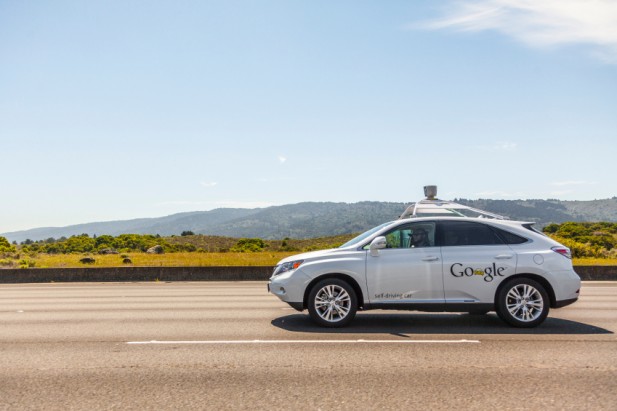DRIVERLESS CARS: A BRAVE NEW WORLD

Many notable companies, including Google, Audi and Mercedes-Benz, are in the late stages of developing cars that can drive independently and safely without human assistance. The Conference Board of Canada recently estimated that between 2020 and 2030 Canadians will see a large influx of driverless cars on our roads.
The potential benefits to these cars include fewer accidents, greater fuel efficiency, fewer traffic issues, lower insurance rates and a revamping of our transportation industry.
However, some critics of self-driving cars have expressed doubt that the technology will be ready for widespread use anytime soon. Concerns have been raised by some engineers about the ability of the driverless car to function on Canada’s many unpaved roads or in icy Canadian winters.
Technology writer Lee Gomes also recently pointed out that in order for a Google driverless car to work; it requires an extremely expensive and extensive mapping system. These maps contain the exact three-dimensional location of streetlights, stop signs, crosswalks, lane markings, and every other crucial aspect of a roadway.
Google has successfully mapped a few thousand miles of road in California and their autonomous cars have now safely driven over a million miles on those roads. It is important to note that Google admitted to Gomes that the process it currently uses to make the maps is too inefficient to work across the United States as a whole.
Even once these in-depth maps are created, they must be kept up to date. For example, a temporary traffic signal placed on a roadway by a construction crew would not immediately be updated on the map being used by a driverless car. If a driverless car came across such a traffic signal before the map was updated, it could potentially run a red light because it wouldn’t know to look for the signal.
Safety must be a paramount concern before new technology is implemented. Hopefully the government, technology and car companies can work together to iron out the potential roadblocks facing this exciting new technology.
